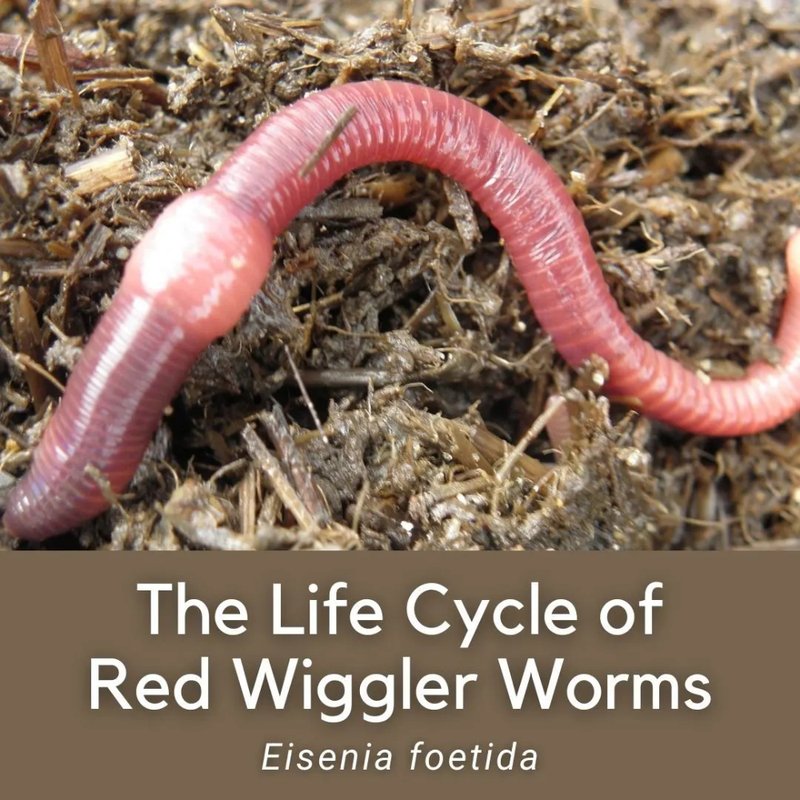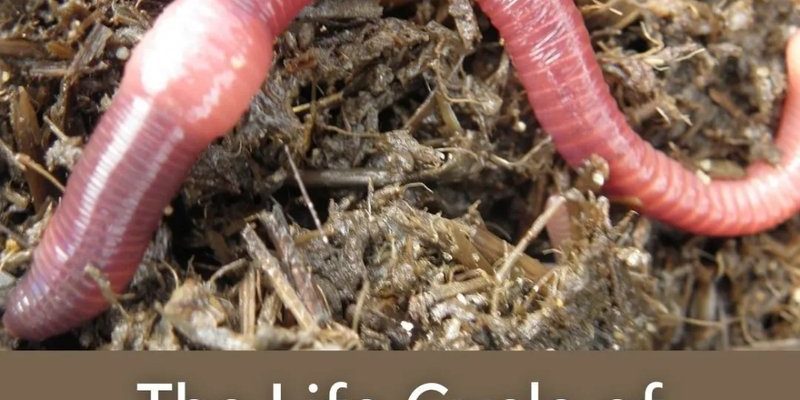
Imagine a city with many different neighborhoods, each contributing to the whole. In this analogy, Red Wigglers are the friendly city workers, helping everything run smoothly. They break down organic matter, which enriches the soil and supports a variety of life forms. But how exactly do they get along with their microscopic neighbors? Let’s dig deep into this topic and uncover the intricate relationships that form in the world of Red Wigglers.
What Are Red Wigglers and Why Are They Important?
Red Wigglers are not your typical garden worms. Unlike earthworms, they thrive in compost and feed on decomposing matter. They play a vital role in composting by speeding up the breakdown of organic materials like scraps of fruits and vegetables. When Red Wigglers munch on this waste, they produce nutrient-rich castings, often called “worm poop.” These castings are packed with nitrogen, phosphorus, and potassium, which are crucial for healthy plant growth.
But their importance doesn’t stop there. Red Wigglers also *air out* the soil as they tunnel through it, allowing water and nutrients to infiltrate deeper layers. This process is vital to creating a well-aerated environment that promotes the flourishing of other flora and fauna. Without these little helpers, composting and soil health would be a lot less effective.
Interactions with Bacteria: A Symbiotic Relationship
One of the primary interactions Red Wigglers have in their ecosystem is with beneficial bacteria. These tiny organisms are essential for breaking down organic matter. When Red Wigglers consume decomposing materials, they introduce bacteria from their gut into the compost. This is a bit like a delivery service—they help to spread good bacteria throughout the soil.
As bacteria break down organic matter, they release essential nutrients that plants crave. This creates a symbiotic relationship: the bacteria thrive in the worm’s presence, and in turn, the worms benefit from the nutrients that the bacteria produce. It’s a win-win!
Moreover, the activity of these bacteria increases the *biological diversity* of the compost. The more diverse the microbial population, the healthier the soil becomes. This added diversity also helps in breaking down materials that may be tough for the worms to digest alone, showcasing the interconnectedness of soil life.
The Role of Fungi in the Soil Microbiome
Fungi are another important player in the soil ecosystem. You might picture mushrooms popping up after a rain, but in reality, most fungi live hidden within the soil. Red Wigglers engage with fungi in a couple of important ways.
First, they help break down the organic material that fungi also thrive on. As Red Wigglers munch through decomposing scraps, they create a rich environment for fungi to grow. This is especially true for beneficial fungi like *mycorrhizae*, which form partnerships with plant roots. These fungi extend the root systems of plants, allowing them to absorb more water and nutrients.
Second, Red Wigglers may even consume fungal spores. By doing this, they help control fungal populations in the soil, preventing overgrowth that could stifle plant development. This dynamic gives Red Wigglers an important role in balancing soil health.
Interactions with Other Microfauna: Who’s Who in the Soil?
Red Wigglers aren’t alone in their soil adventure; they share their home with a variety of other microfauna, including insects and protozoa. Each of these organisms interacts with Red Wigglers in unique ways. For instance, tiny insects like *springtails* and *mites* often feed on decaying organic matter, just like Red Wigglers.
What’s interesting is that Red Wigglers and these insects often share resources. Springtails help decompose materials that are tough for the worms to handle, while the worms aerate the soil for these small critters. This collaboration sets the stage for a rich, thriving ecosystem.
You might be curious about the role of protozoa in this mix. Protozoa are single-celled organisms that feed on bacteria. So, when Red Wigglers help increase the bacterial population through their feeding, they indirectly support the protozoa as well. This creates a dynamic food chain where each microfauna plays a role in maintaining soil health.
The Impact of Soil Conditions on Red Wigglers
Soil conditions profoundly influence how Red Wigglers interact with their microfauna companions. Factors like moisture, temperature, and organic matter content can either enhance or hinder these relationships. For instance, Red Wigglers thrive in damp environments. If the soil is too dry, they may become less active, reducing their interactions with bacteria and fungi.
Similarly, extreme pH levels can negatively impact the microbiome. Healthy Red Wigglers prefer a slightly acidic to neutral pH. If the soil’s pH shifts too much, it can hinder beneficial microbial activity, which in turn affects how well worms can break down material. This delicate balance underscores the significance of maintaining optimal soil conditions for healthy interactions.
By monitoring these conditions, gardeners and composters can create environments that bolster the activities of Red Wigglers and their microfauna friends. It’s all about harmony in the ecosystem.
Why Understanding These Interactions Matters for Gardening
You might be wondering why all this matters for your gardening efforts. Well, understanding how Red Wigglers interact with other microfauna can significantly improve your composting and gardening practices. When you appreciate the interconnected roles of these organisms, you can create a thriving soil ecosystem that fosters healthy plants.
For example, if you’re composting at home, knowing that Red Wigglers need a balanced environment encourages you to monitor moisture and temperature. This care not only benefits the worms but also enhances the microbial life that benefits your soil.
Additionally, when you cultivate a diverse environment with various soil organisms, you naturally reduce the need for chemical fertilizers and pesticides. This leads to healthier plants and a more sustainable gardening approach. So, fostering good relationships between Red Wigglers and their microfauna buddies is like nurturing a mini-ecosystem that pays dividends in your garden.
Red Wigglers and their microfauna companions create a vibrant, interconnected ecosystem beneath our feet. Each organism plays a specific role, whether it’s breaking down waste, aerating the soil, or enriching it with nutrients. Understanding these interactions not only highlights the importance of Red Wigglers but also underscores the significance of maintaining a healthy soil environment.
By nurturing these relationships, we can create sustainable gardens that flourish. So, the next time you see a Red Wiggler wriggling through the soil, remember it’s not just a worm; it’s a vital component of a complex, thriving ecosystem. Let’s celebrate these tiny heroes and the critical work they do to keep our gardens and soils alive.

